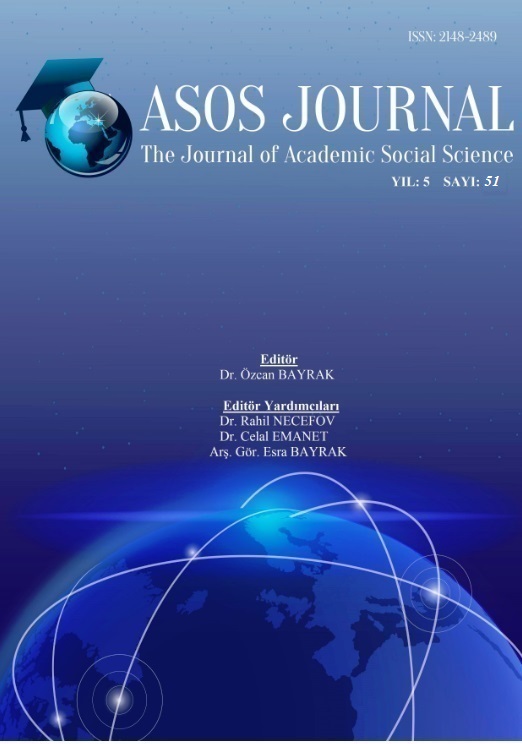Author :
Abstract
İnsanların etinden, sütünden, derisinden ve yününden/yapağısından faydalandığı küçükbaş hayvanlardan biri olan koyun ilkçağlarda evcilleştirilmiş hayvanlardan biridir. Koyun aynı zamanda devletlerin vergi kaynakları arasındaydı. Osmanlı İmparatorluğu’nda koyun besleyenler devlete ağnam vergisi ödemek zorundaydı. Koyunların birçok türü vardır. Bunlardan birisi özellikle yünü/yapağısı için beslenen merinos koyunudur. Türkçede İspanya koyunu da denilen bu türün yününün yünlü dokuma sanayiinde/kumaş üretiminde kullanılmıştır. Osmanlı İmparatorluğu’nda koyun sahiplerinden tahsil edilen ağnam vergisi hakkında birçok araştırma olmasına rağmen Türkiye’deki koyun yetiştiriciliği tarihi, özellikle merinos koyunu yetiştiriciliği hakkında çalışma bulmak zordur. Dolayısıyla bu çalışmada 1844 tarihinde yayımlanan ve temelde merinos koyunu yetiştiriciliğini ele alan Risâle-i Ağnam kitabının ortaya çıkarılması ve değerlendirilmesi amaçlanmıştır.
Keywords
Abstract
The sheep is one of the animals that the people benefit its meet, milk, skin and wool and it was domesticated in ancient ages. The sheep also was one of the revenue sources of the states. The peoples raising sheep in the Ottoman Empire had to pay ağnam tax to the state. There are some kinds of the sheep and one of them is merino. It was raised primarily for its wool. In Turkey, merino was also called as the Spanish sheep and its wool was used in the weaving industry. Although there are a lot of researches concerning ağnam tax in the Ottoman Empire, it is difficult to find a research related to the history of the sheep rising in Turkey, especially that of merino sheep. Therefore, the aim of this research is to reveal the first book/pamphlet published in Turkey in 1844 and evaluate it.
